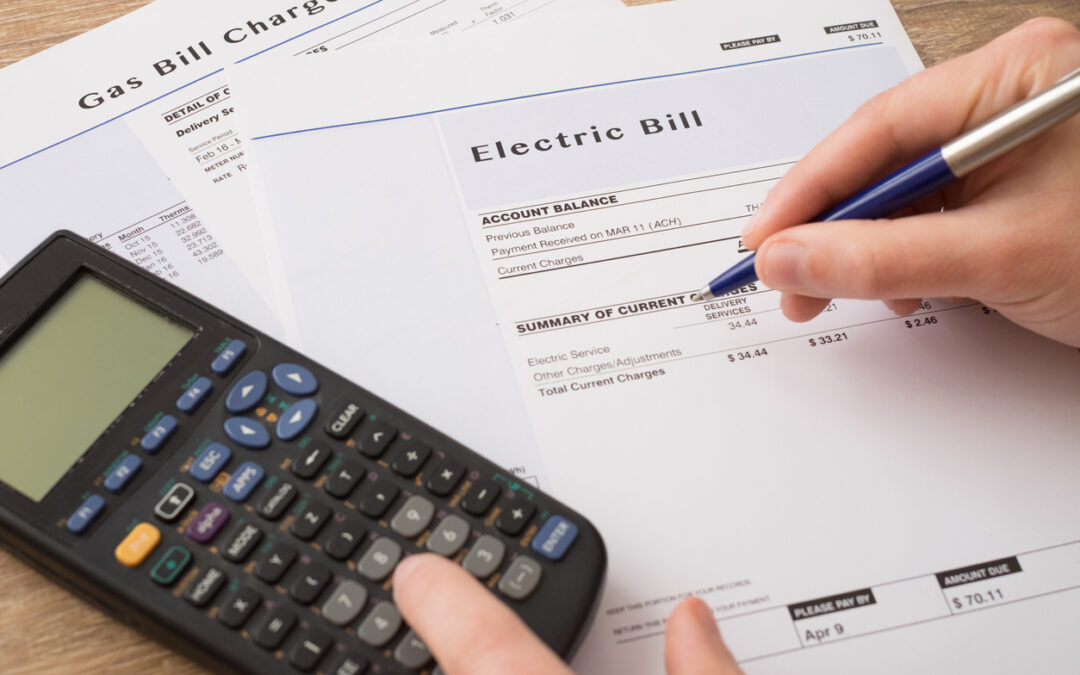Get an energy audit. A professional will visit your location to do a full inspection, checking for air leaks, insulation issues, locations to install energy efficient lighting, etc. Be sure to request the audit from your utility company, not your electric provider. The audits are often free.
Use programmable thermostats. You can keep the office warmer when it’s not occupied, then have the system cool the building before everyone arrives. You can also consider keeping it just one degree higher in the summer–to save the electricity your HVAC system uses by up to 10%.
Seal and insulate your ducts. It can improve your system’s efficiency by up to 20%. It’s especially important to address ducts in areas that aren’t cooled.
Regularly change your system’s air filters. Check your system’s filters frequently; if they are dirty, replace them. A clean air filter keeps your condensing coils clean and promotes good airflow, helping your system work more efficiently and last longer.
Use CFL or LED bulbs. Replace incandescent bulbs, even fluorescent ones, with more energy efficient CFL or LED bulbs. Compared to their incandescent counterparts, LED tubes use about half the energy, and LED bulbs about one-tenth the energy.
Power down equipment at the end of the day. Shutting down computers, office equipment, coffee makers, etc., at the end of the day will reduce the amount of electricity used. It will also reduce the heat output from the devices, which in turn reduces the burden on the HVAC system.

